Did you know that some woods are naturally red and do not need to be painted?
Which woods are red-colored woods?
Wooden projects are usually painted in different colors, but there are woods that do not need this. They have a beautiful natural color so you can save your money and you don’t need to buy paints. On the other hand, Chemical dyes have many disadvantages and are also harmful to carpenters’ health.
In this article, we will introduce you to a number of natural red-colored wood types.
Disadvantages of Chemical Paints
The most common coating method for wood is the use of chemical paints that have been used by carpenters for many years. These paints, along with their advantages, have disadvantages that cannot be easily ignored. Chemical paints include oil and water-based paints. The disadvantages of chemical paints are as follows:
- The unpleasant smell of oil causes respiratory problems for carpenters.
- When the work is completed, a hidden chemical reaction is carried out. So that the oil paints, upon being placed on a surface, begin releasing the chemical molecules from the surface for a year, which can lead to problems such as headaches, migraines, nausea, and dizziness for people.
- Applying oil paints is very time-consuming.
- Water-based paints have little resistance and are not suitable for most wooden projects.
- We recommend using woods that are naturally colored if possible.
What Kind of Wood is Red?
Some woods are naturally red. Even some of them have the word “red” in their name. Researches show that environmental conditions, such as soil type affect the color of the wood. The results of some researches also show that woods produced from drier and fertile sites had a more yellowish-brown color.
It was concluded that climatic variables should be considered as the first-order causal variables to explain wood color variation. Hence, the darker wood color was associated with dry climates; also, with deeper and fertile sites.
https://hal.archives-ouvertes.fr/hal-00930867
In addition, the plant species and their different breeds can affect the color of the wood. It can be said that the effect of the breed of trees is very important on the redness of the wood.
Red Colored Woods List
Here is a list of red-colored woods:
Lichtenberg Wood Burning eBook

Download Lichtenberg Wood Burning eBook
One of the modern techniques for creating wooden artwork is called Lichtenberg wood Burning. In this eBook, we are going to introduce this newfound art to you.
This technique is known with some different names such as Lichtenberg wood burning, fractal wood burning, and electricity wood art.
This technique should not be confused with wood burning art or pyrography. The art of pyrography on wood is the art of creating motifs and designs by burning with hot metal tools on objects such as wooden surfaces.
Lichtenberg burning is a wood-burning technique for creating designs with electricity.
This eBook is a comprehensive guide on Lichtenberg Wood Burning. All you need to know for Lichtenberg Wood Burning is here.
This is a limited-time offer, order now to get access to the future eBook releases.
- Bloodwood: It is vivid red. its color can darken to a darker brownish red over time with exposure to sunlight.
- Sapele wood: It is a golden to dark reddish-brown.
- Bubinga wood: It ranges from a pinkish red to a darker reddish-brown with darker purple or black streaks.
- African Padauk: It’s color can be variable, ranging from a pale pinkish-orange to a deep brownish-red.
- Redwood: It’s color can range from a light pinkish brown to a deep reddish-brown.
- Red oak wood: It is a light to medium brown, commonly with a reddish cast.
- Red alder wood: Red Alder tends to be a light tan to reddish-brown; color darkens and reddens with age.

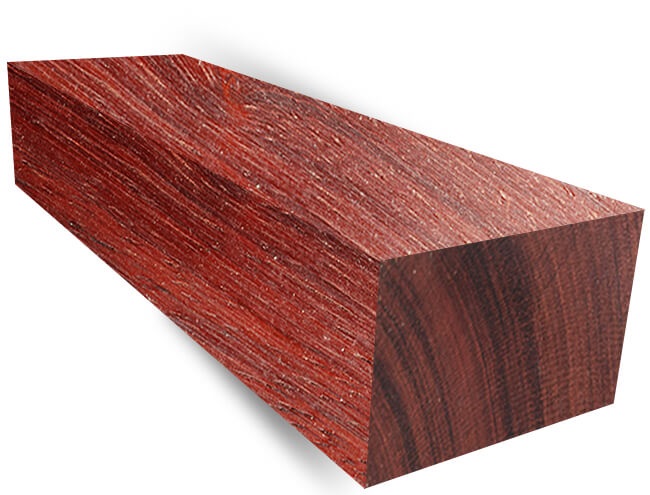
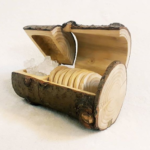
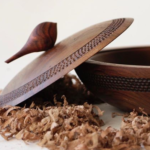

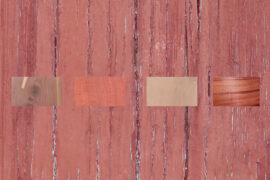
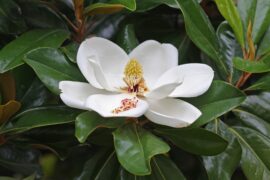
Comments
Pingback: DIY Wood Fashion Jewelry Ideas | Wood Dad
Pingback: Natural Wood Colors Chart | Wood Dad
Pingback: Orange Colored Woods - Wood Dad